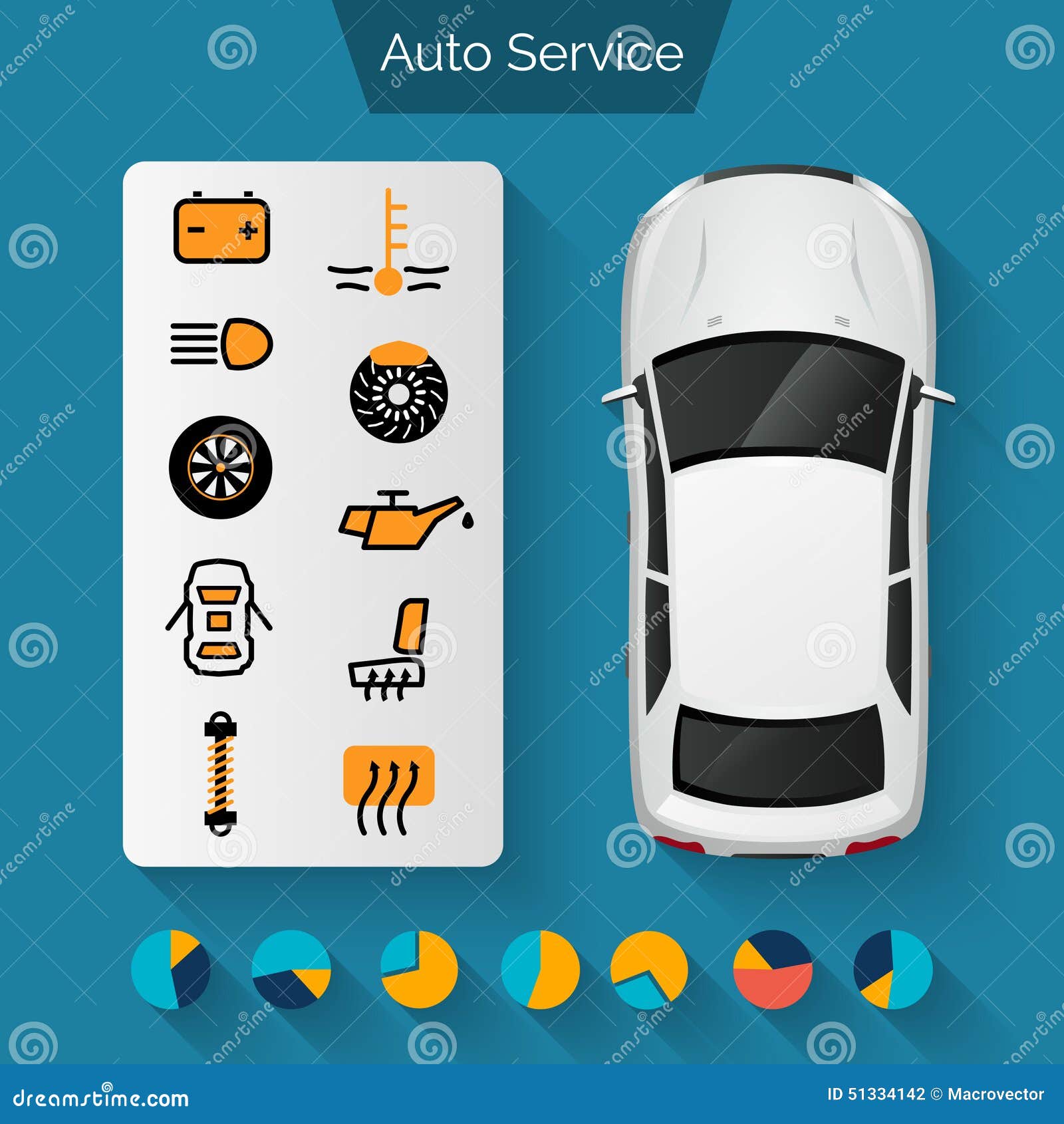Translating The Significance Of Your Vehicle'S Warning Indicators
Translating The Significance Of Your Vehicle'S Warning Indicators
Blog Article
Web Content Writer-Kessler Mendez
When you lag the wheel, those beautiful warning lights on your control panel can be a bit complicated. Do mouse click for source know what they're attempting to inform you regarding your automobile's health? Recognizing the importance of these lights is crucial for your safety and security and the long life of your automobile. So, the following time among those lights pops up, would not you intend to decode its message properly and take the needed steps to resolve it?
Common Caution Lights and Interpretations
Determine typical caution lights in your auto and recognize their definitions to make certain risk-free driving.
One of the most normal caution lights consist of the check engine light, which indicates concerns with the engine or discharges system. If this light begins, it's important to have your automobile examined immediately.
The oil stress cautioning light indicates reduced oil stress, needing instant attention to avoid engine damage.
A flashing battery light might suggest a faulty charging system, possibly leaving you stranded if not addressed.
The tire pressure tracking system (TPMS) light alerts you to low tire stress, affecting car stability and gas performance. Neglecting this can result in dangerous driving conditions.
The ABS light suggests an issue with the anti-lock braking system, jeopardizing your capability to stop promptly in emergency situations.
Lastly, the coolant temperature alerting light warns of engine getting too hot, which can cause extreme damage if not settled quickly.
Understanding these usual caution lights will assist you address problems promptly and keep risk-free driving conditions.
Value of Prompt Attention
Recognizing the common caution lights in your car is only the primary step; the importance of promptly dealing with these warnings can't be highlighted sufficient to ensure your safety and security on the road.
When a warning light brightens on your dashboard, it's your automobile's method of communicating a prospective issue that needs focus. Overlooking mouse click the next webpage can cause much more severe issues in the future, endangering your safety and security and possibly costing you extra in repairs.
Prompt interest to advising lights can protect against breakdowns and accidents. As an example, a flashing check engine light could show a misfire that, if left neglected, might trigger damage to the catalytic converter. Addressing this immediately can save you from a costly fixing.
Likewise, a brake system cautioning light might indicate low brake liquid or used brake pads, important parts for your safety and security when driving.
Do It Yourself Troubleshooting Tips
If you observe a caution light on your dashboard, there are a couple of DIY repairing tips you can attempt prior to looking for professional aid.
The very first step is to consult your vehicle's handbook to comprehend what the specific warning light shows. Often the concern can be as basic as a loose gas cap activating the check engine light. Tightening up the gas cap might resolve the trouble.
Another typical concern is a reduced battery, which can trigger various cautioning lights. Inspecting the battery connections for corrosion and ensuring they're protected might take care of the problem.
If a warning light lingers, you can try resetting it by detaching the automobile's battery for a couple of minutes and then reconnecting it. Furthermore, examining your car's liquid levels, such as oil, coolant, and brake liquid, can help fix cautioning lights related to these systems.
Conclusion
In conclusion, comprehending your car's warning lights is essential for keeping your vehicle running efficiently and safely. By quickly attending to these alerts and understanding what they indicate, you can avoid expensive repair services and possible malfunctions.
Keep in mind to consult your cars and truck's manual for specific information on each warning light and do something about it accordingly to make certain a trouble-free driving experience.
Keep notified, stay secure when traveling!
